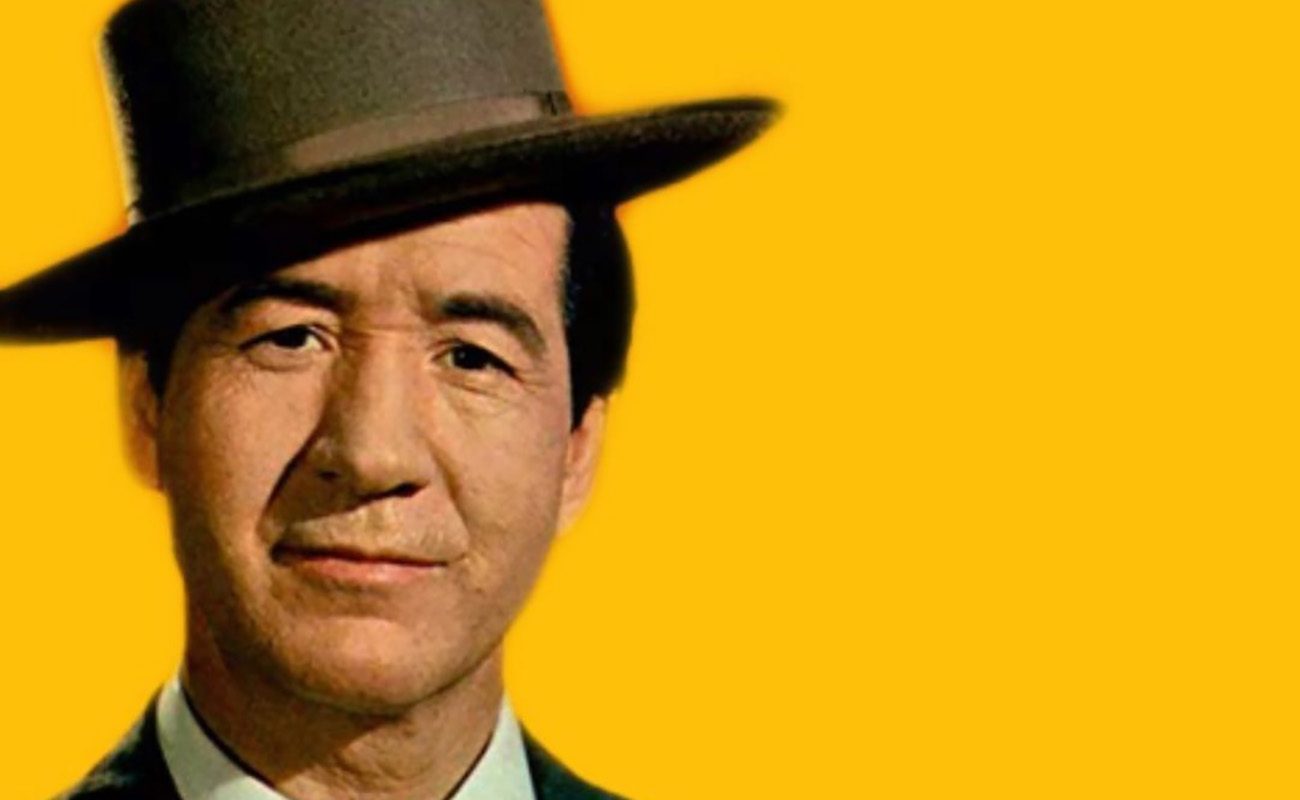The Year of Juan Valderrama
The master has more than enough merits to ensure that his legacy doesn’t end up forgotten, and is available to those young performers wanting to drink from a pure and guaranteed spring of many palos of cante flamenco.

Next year, from January 1st to December 31st, will be the year of don Juan Valderrama Blanca (a.k.a. Juanito Valderrama), as it will mark the centenary of his birth, which happened on the 24th of May of 1916, in Torredelcampo, a town in the province of Jaen. He was one of the best cantaores in history, although the purists have denied him credit because he did what every other great cantaor of his time did: sing more than just classic cante, and with great success at that, since whoever has talent for cante succeeds in whatever they do. Manolo Caracol, Pepe Marchena, Pepe Pinto, Enrique Morente and Camarón, they all sang more than just classic cante. The centenary of such a great flamenco artist should focus on his cantaor aspect more than on his better-known career as singer of coplas and canciones1. The wider public, especially the young aficionados, haven’t had access to his whole discography and would only know about his more publicized and popular works, his canciones, which include widely-known themes such as “El Emigrante”, “Madre Hermosa” or “Mi Primera Comunión”. His genius is not in the canciones, which for him were a piece of cake, but in his tarantas, cartageneras, malagueñas, cantes de ida y vuelta and fandangos, and let’s not forget his interpretations of palos with heavier jondo weight, such as the seguiriyas, the soleares, the caña, the serranas or the cantiñas.
If there ever were a true master of cante andaluz in the XX century, that would be Valderrama, a cantaor largo2 with extensive knowledge of not just the palos, but of the different schools and of the repertoires of the great masters of old (and those of his own time too). I was lucky to have often enjoyed his pleasant and enlightening company, to have made presentations with him all over Andalusia, and to have spent dozens and dozens of hours chatting with him in his home or in mine, and I can assure that he was the wisest of them all. He had an incredible memory. When talking about Ramón Montoya and Juan Mojama, he would even remember where they had coffee together when they went to make a recording together. He knew better than anyone all about Niña de los Peines, Tomás Pavón, Manuel Vallejo, Caracol and el Pinto, not because he had heard it from someone else, but because he had known them personally. All these experiences enabled him to be a bridge between that generation and his own, and that makes him an indispensable reference. While he was a genius as an artist, as an entrepreneur he was a role model, according to today’s professionals who worked with him in his Company. He gave opportunities to many people and he discovered young talent who later would achieve fame. Few people know that Camarón and Pepe Habichuela worked in his Company when the wider public had barely ever heard of them. Yet, if an artist shall be judged by his discography, especially a musician, that’s where the focus should be made, for the occasion of his centenary, so everyone knows what kind of cantaor and artist Juan Valderrama was, if anyone doesn’t know it yet. The master has more than enough merits to ensure that his legacy doesn’t end up forgotten, and is available to those young performers wanting to drink from a pure and guaranteed spring of many palos of cante flamenco.
1 While the Word “canciones” literally means “songs”, in this case it refers to a specific style of Spanish popular song.
2 Cantaor largo (“long”cantaor) is a cantaor well versed and talented in many different styles (palos) of cante, as opposed to cantaor corto(“short” cantaor), who are cantaores who specialize in a few palos.




